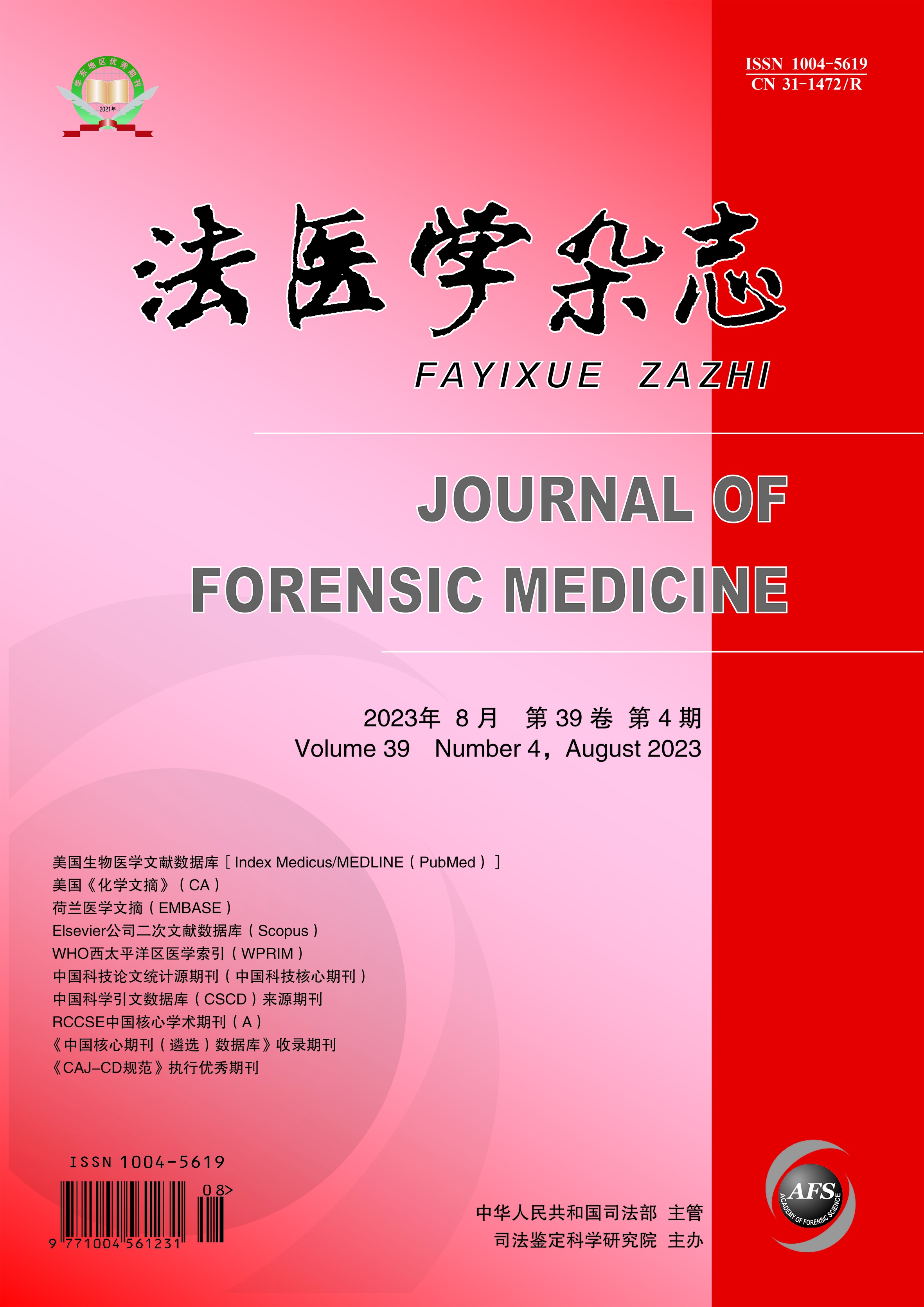In the personal injury compensation system, the protection and relief of the injured people’s rights to life, rights to health, and body rights are generally based on the results of disability assessment. Over the years, with the increased number of personal injury compensation cases, the practice of disability assessment have been greatly developed, and the development of disability assessment standards tends to be mature. However, the lack of basic theories for disability assessment has seriously affected the construction and unification of standards. Starting from the tort legal system of personal injury compensation, this article systematically analyzes the legal theories of disability assessment, and holds that the loss of labor ability is the legal basis for disability assessment in China, and the essence of disability assessment should be understood as the quantitative assessment of an individual’s permanent loss of labor ability. This article combines the international disability assessment models and the primary concepts of American Medical Association’s Guides to the Evaluation of Permanent Impairment to refine the basic concepts of disability assessment in China, such as impairment, disability, handicap, disabled people and self-care ability, etc. At the same time, it sorts out the critical issues of identification time, promotion principles and compound calculation of multiple injuries in disability assessment. It is expected to be beneficial to the theory and practice of disability assessment in personal injury compensation.


